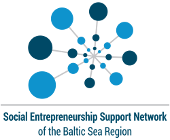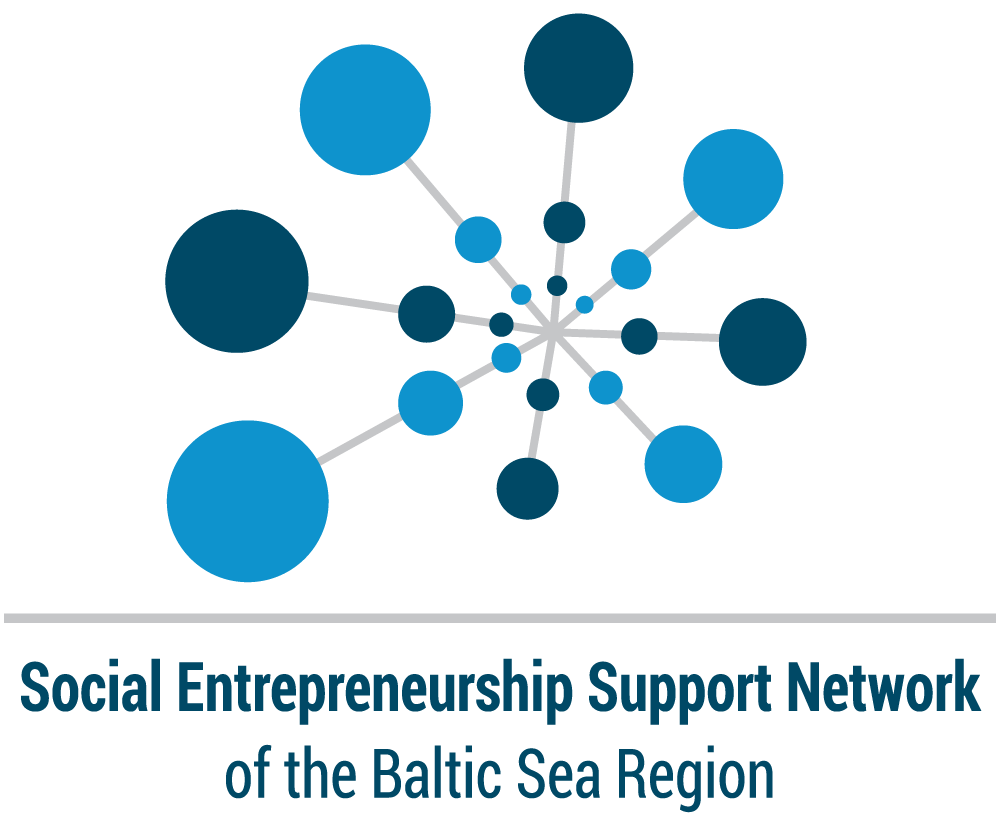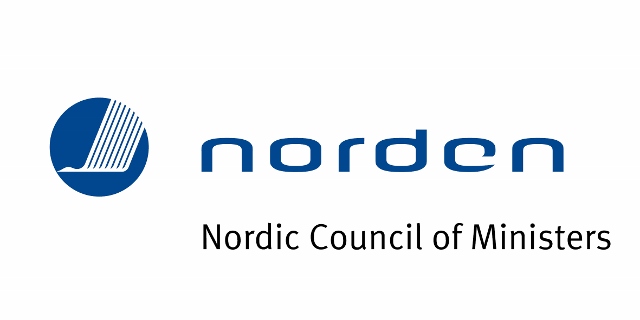Jame Carbary recently posted a nice overview of Slack on Huffington Post. Is it really the best team collaboration software out there? In Jame’s opinion, the foundation of every relationship is built on trust and communication. Communicating well builds trust. Trust opens the doors of communication.
But how can you emphasize trust and communication in your organization? What tools support a culture of transparency and results?
A New Definition for Team Communication
If you’re wondering what Slack is, the company website says it best:
Slack is a platform for team communication: everything in one place, instantly searchable, available wherever you go.
Put another way: Slack is the best of every communication medium combined in a beautiful design and intuitive interface that works across every major platform.
Because of the familiar features (hashtags, @mentions, emojis, links, favorites, etc) new users instantly feel at home and ramp up quickly.
Slack combines the core benefits of email, the reactive speed of text messaging, the accessibility of social networks, and the responsiveness of mobile to deliver a solution that looks simple on the surface while packing a powerful punch under the hood.
You get to make your individual Slack setup as complicated or clean as you want.
Essential Fundamentals
Communication within Slack is organized into 3 main categories:
Channels
Direct messages
Private Groups
Channels are the primary streams of communication.
Think of them as topics or projects. Channels are open to anyone within the Slack group to join or review. This provides open dialogue, enables cross functional communication, and helps a team identify where multiple bodies of work may intersect.
For teams of any size it’s important to manage the volume and scope of the channels.
A channel can get too crowded with overlapping dialogue. On the flip side, if a new channel is created for everything, it’s difficult to keep track of the right conversation. Not to mention your notifications will go haywire.














Leave A Comment